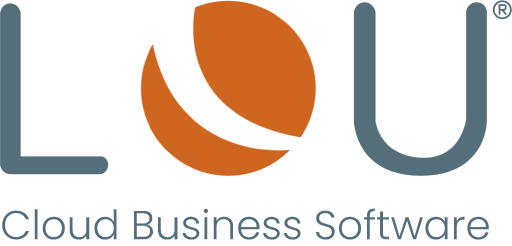Do You Know Why You’re Losing Money?
Your accountant just called. “Bill, you lost $12,000 over the past few months. You better make some changes, or this is going to be a really bad year.” You hang up the phone, feeling low and upset, thinking, “I’m paying this guy $200 an hour to tell me I’m losing money? I can look at the checkbook and come to that conclusion for free! What went wrong, and how do I fix it?”
The process of understanding why we lost money should have begun months ago. Step one is to create a month-by-month cash-flow budget. That process involves projecting what our sales, cost of goods (labor and material costs) and overhead costs are going to be, on a monthly basis. When it comes to overhead costs, it’s not enough to know that insurance is estimated to be $14,000 next year. We need to know what month the down payment will fall and how much our monthly payments will be after that. When it comes to labor projections, we need to estimate which months we expect to be working a lot of overtime and which months the techs are likely to work less than a 40-hour week. The cost of materials and equipment normally goes up and down with billable hours, so projecting what we will spend each month is relatively simple. Once we project the total annual purchases, we can prorate those dollars monthly based on our projected billable hours. Bingo: Our month-by-month cash flow budget is complete. We now know what months are projected to be profitable and which may lose money. The budget will be our basis for creating profitable hourly rates. That, however, is a different topic.
Now back to the call from our accountant. Yes, we lost $12,000 over the past three months, but was that loss expected or unexpected? If your company is like most trade companies, there will be some months that lose money while others are very profitable.
So how do we know if losing $12,000 over the past three months is a real problem? Perhaps our month-by-month cash-flow budget projected a $15,000 loss over those months. If so, we can relax a bit. Knowing that we lost $3,000 less than what was projected might even cause someone in the office to detect a smile on your face because you now know that if the rest of the year comes in close to budget, you will actually make $3,000 more annual profit than you projected.
Let’s dig a little deeper. Based on our budget, the company should have actually made a $5,000 profit over the past three months. That means our net loss was really $17,000 ($12,000 loss plus the $5,000 in profit we had projected to make). What happened? Since we now have a budget, and we know what we actually spent, we should be able to pinpoint the problem. Here’s the process.
Review Sales
Look at the projected sales for each of the three months. After checking, sales were pretty much what was expected. Conclusion? Sales were not a problem.
Material and Equipment Purchases
After reviewing the budget, we find the company spent about $8,000 more than expected on equipment and materials. By digging a bit deeper, we find that our supplier offered a one-time 20 percent discount on XYZ equipment. Since this is the equipment we normally sell, it was a wise investment to bulk purchase. Yes, it hurts cash flow right now, but it will actually increase our overall profitability by the end of the year. Good move!
Labor Costs
Upon review, labor costs were pretty much in line as well. We worked a few more overtime hours than expected, but it wasn’t enough to account for the remaining $9,000 loss.
Overhead Costs
The next step is to review every overhead cost in light of budget verses actual dollars spent. After review, most seem to be in line — with two major exceptions: First, our workman’scompensation insurance was about $6,000 more than we had projected, which still leaves us looking for the other $3,000. Bingo: Gasoline was up a bit over $3,000. Now the question is why. Perhaps we did more work and therefore used more gas. After checking, that was not a problem. Perhaps the cost of gasoline per gallon went up. Nope: The cost per gallon stayed pretty much the same. Lastly, perhaps one or more of the techs was abusing the company credit card. After we checked the records, we found the problem. Seems Willy has been buying gas for his friends. Bye, Willy!
The owner now knows what happened. Some things, like the gas situation, can be corrected. When it comes to the increased cost of workman’s compensation insurance, that will simply have to be built into a price increase. It will not go away.
The objective of creating and tracking a budget is to tell the owner what’s going on. At that point, it’s up the owner to do something about it. You can’t fix a problem unless you know the source. Creating a month-by-month cash-flow budget and tracking the monthly costs will clearly show what is going on. Don’t depend on your accountant to tell you.






